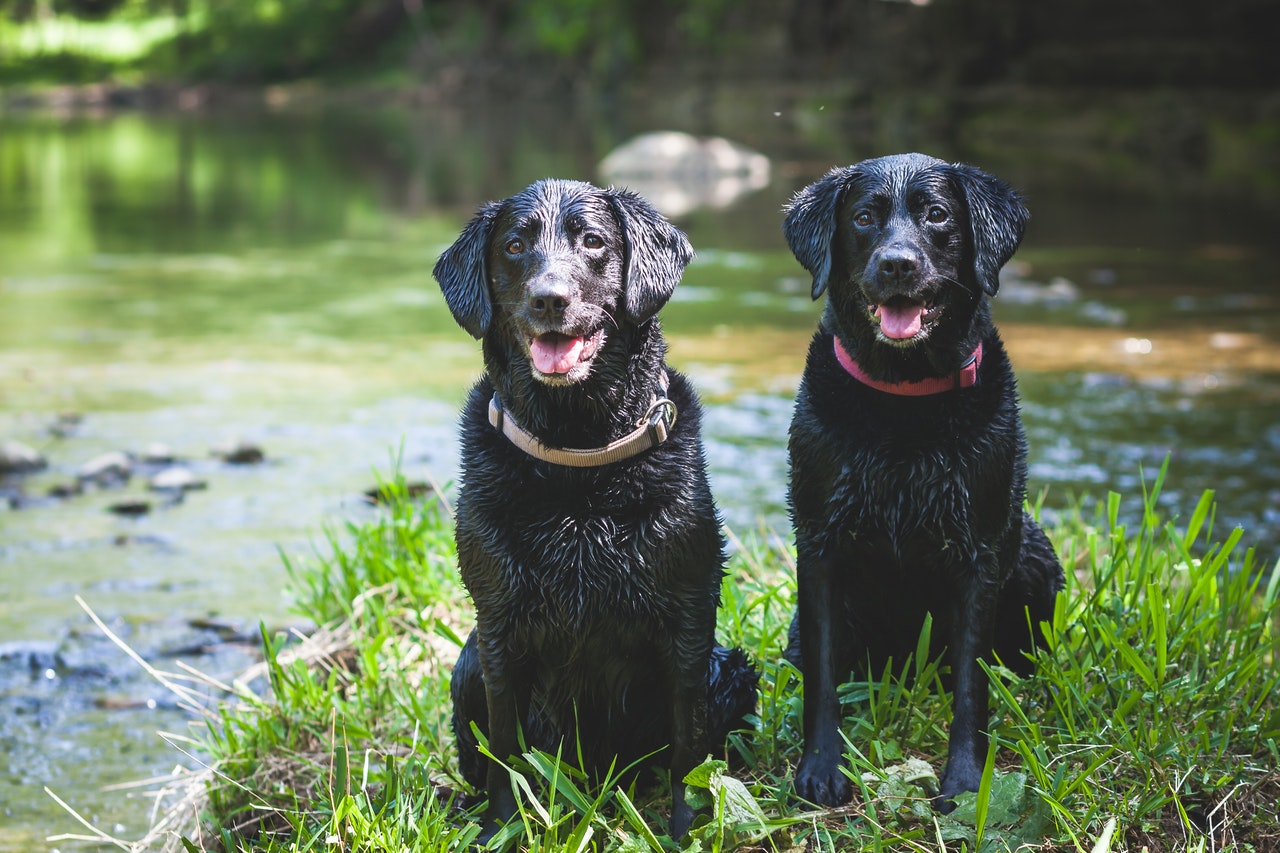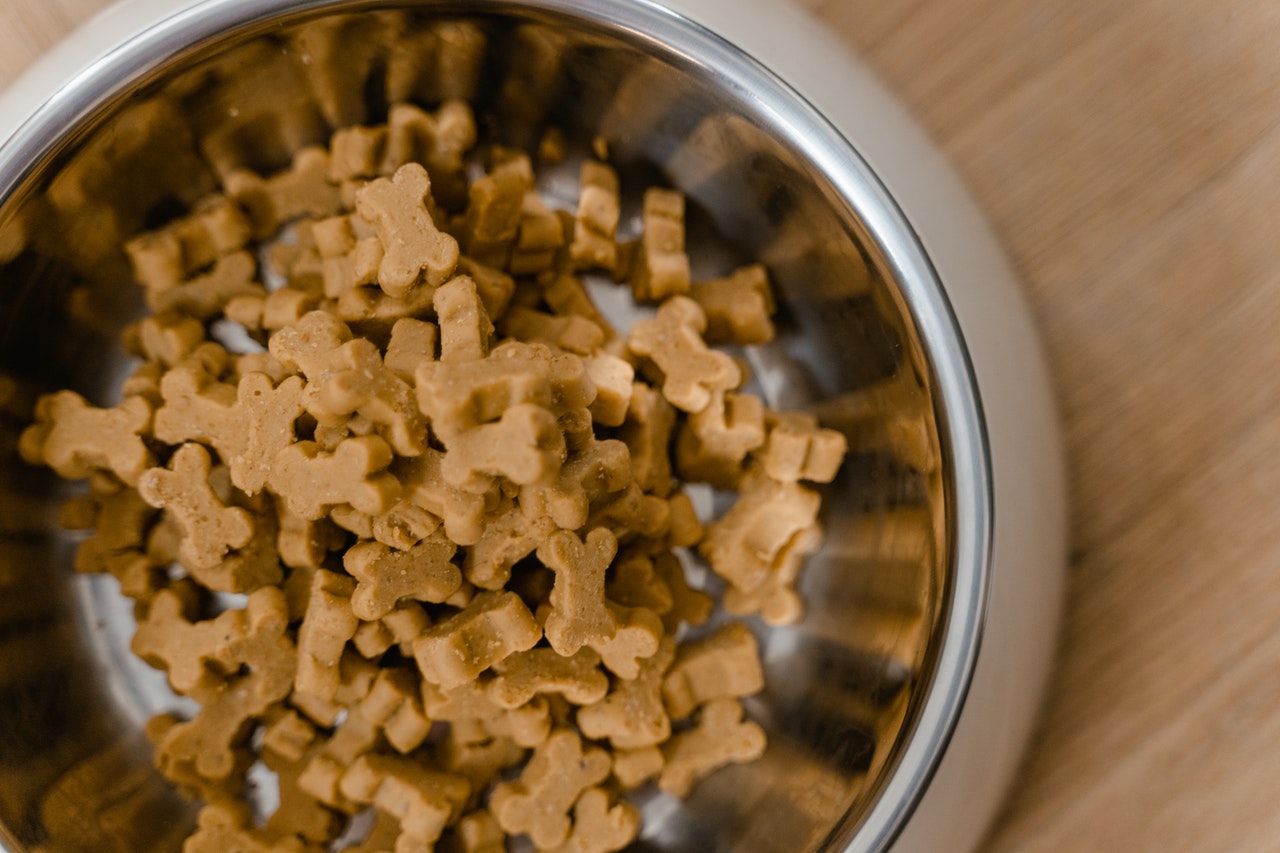What’s The History Of The Labrador Retriever?
In 1836, seamen from the UK first came across labradors in Newfoundland, where they were being used to pull trailers full of logs and fish. The sailors also observed the dogs swimming out into the icy waters to retrieve floats and nets for their fishermen owners.
Identifying a market for such a dog back in England - where duck shooting was particularly popular with the aristocracy and landed gentry - the seamen returned home with several dogs, which were later acquired by Walter Francis Montagu Douglas Scott, the 5th Duke of Buccleuch, and the 2nd Earl of Malmesbury.

For the next 50 years, the Duke continued to import dogs from Newfoundland and found a use for them on his estates in the Scottish Borders. Meanwhile, the 2nd Earl of Malmesbury bred from the base stock first brought over in the 1830s - his dogs proved particularly useful for wildfowling on the south coast of Dorset.
The first two entries in the Duke of Buccleuch’s labrador retriever stud book were gifts made by Lord Malmesbury to the 6th Duke in 1880 while out shooting. The offspring from matings between these two dogs and a pair of the Duke’s bitches, which descended from dogs from the original imports, formed the basis of the renowned line of labrador retrievers that still exists today.
How Many Labrador Retrievers Are Registered In The UK?
The labrador retriever is the most popular gundog breed in the UK, with 36,526 labradors registered in 2018, according to Kennel Club records of 91,194 puppies registered that year.
This breed has in fact claimed the top spot in the UK dog popularity stakes for the last 29 years. In second place in 2018 came the cocker spaniel, accounting for 23,000 of the gundog puppies registered.
Labrador Retriever Traits And Characteristics
The labrador retriever is renowned for its intelligence, versatility, kind nature, and excessive will to please. These dogs are agile despite being of a large build and heavy body weight, and their sense of smell is outstanding. Today, the breed fills many working roles, including guide dogs, therapy dogs, detection dogs, and gundogs.

Labrador retrievers come in many shapes, sizes, and colours, varying from light cream to black. Some are very broad in their build and heavy set, with strong, powerful limbs, bulky shoulders, chest, and ribs. However, others can be very slender, and of a lighter build.
Common features for the breed include a well-defined skull, set back ears, and a dense, short coat. One of these dogs’ most distinctive features is the tail, which is thick at the base and tapers gently to the tip with a rounded appearance similar to that of an otter's.
The average life expectancy of a labrador retriever is approximately 10-12 years. These dogs can experience some common health conditions, including:
- Patellar luxation
- Hip dysplasia
- Elbow dysplasia
- Obesity
- Progressive Retinal Atrophy (PRA)
- Blindness
- Osteochondritis dissecans
- Diabetes
- Distichiasis
- Muscular dystrophy
Genetically testing or screening a labrador retriever before mating can help to reduce the risk of some disorders, as can regular exercise and a healthy diet.
Labrador Retriever Nutritional Requirements
The experts at Chudleys, who have been making food for working dogs for generations, explained: “For working breeds, fundamental nutrient requirements vary very little, if at all. There may be subtle trend differences between the breeds in terms of certain conditions that are more prevalent in one particular breed over another that may be helped by using appropriate functional nutrition. For example, labradors may benefit from receiving nutrients in their diet for added joint support.
“The key differences in nutrient requirements for working dogs is the duration and intensity of the work undertaken. The longer the workload the more energy your dog will require, so will therefore need to eat more food, and as a result the dog will get more of all other nutrients it requires, such as protein and vitamins.”

Below is the recommended breakdown of nutrients for different types of working dog
- Extra carbohydrates are needed for sprint work
- 22-25% protein and 14% fat is recommended for sprint work
- Aim for 24% protein and 14% fat for dogs working long days on the moor, as they will rely more on fat and fat reserves
What’s more, Chudleys explained that studies have proven that all breeds prefer a kibble of around 14-16mm in diameter.
Why Labradors Make Good Gundogs
Since the introduction of breech loading guns, labrador retrievers have been favoured in the field of game shooting. The labrador is a calm breed by nature and, when time is invested in their training, they can make excellent gundogs. Their relaxed manner makes them well-suited as peg dogs, for wildfowling, and for pigeon shooting.
Typically, labrador retrievers have a relatively large, soft mouth, which makes picking-up large birds like pheasants or geese relatively easy over other working breeds. Their great sense of smell also gives them an advantage in finding game on their own in thick cover or retrieving runners. This breed is renowned for getting on well with other dogs too, which is vital on a shoot day.
Being great lovers of water, labrador retrievers are also a highly favoured breed for the avid wildfowler, as retrieves on the foreshore or wetlands could mean swimming great distances and crossing through thick mud.
In conclusion, labradors are a great all-round breed, and when trained well are the perfect companion in the field, which is why the International Gundog League (IGL) Championships for retriever breeds has been dominated by labradors since its origin in 1900.
Golden Retriever vs Labrador
The golden retriever vs labrador debate has been ongoing for many years; although the breeds share some similarities, they are two very different dogs. They both have soft mouths that are good for picking-up, and they’re both considered to be relatively easy to train.
Labrador retrievers tend to mature earlier than their golden cousins, and they also tend to hunt lower on the ground.
Compare the labrador retriever to other types of working dog in our Gundog Journal breed hub here